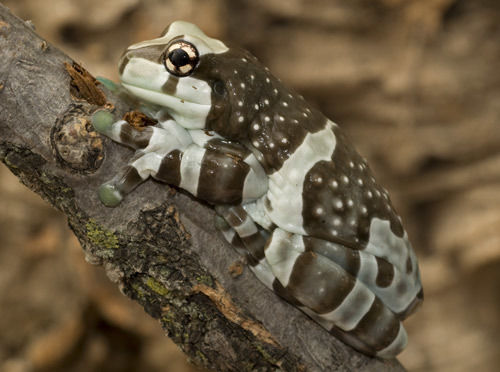Facts about Amazon Milk Frogs
Pineado a
24
0
0
Sin etiquetas
|
|
Creado por Katie Maloney
hace casi 7 años
|
|
Valora este recurso haciendo click en las estrellas a continuación:




 (0)
(0)
0 comentarios
There are no comments, be the first and leave one below:
Cerrar
